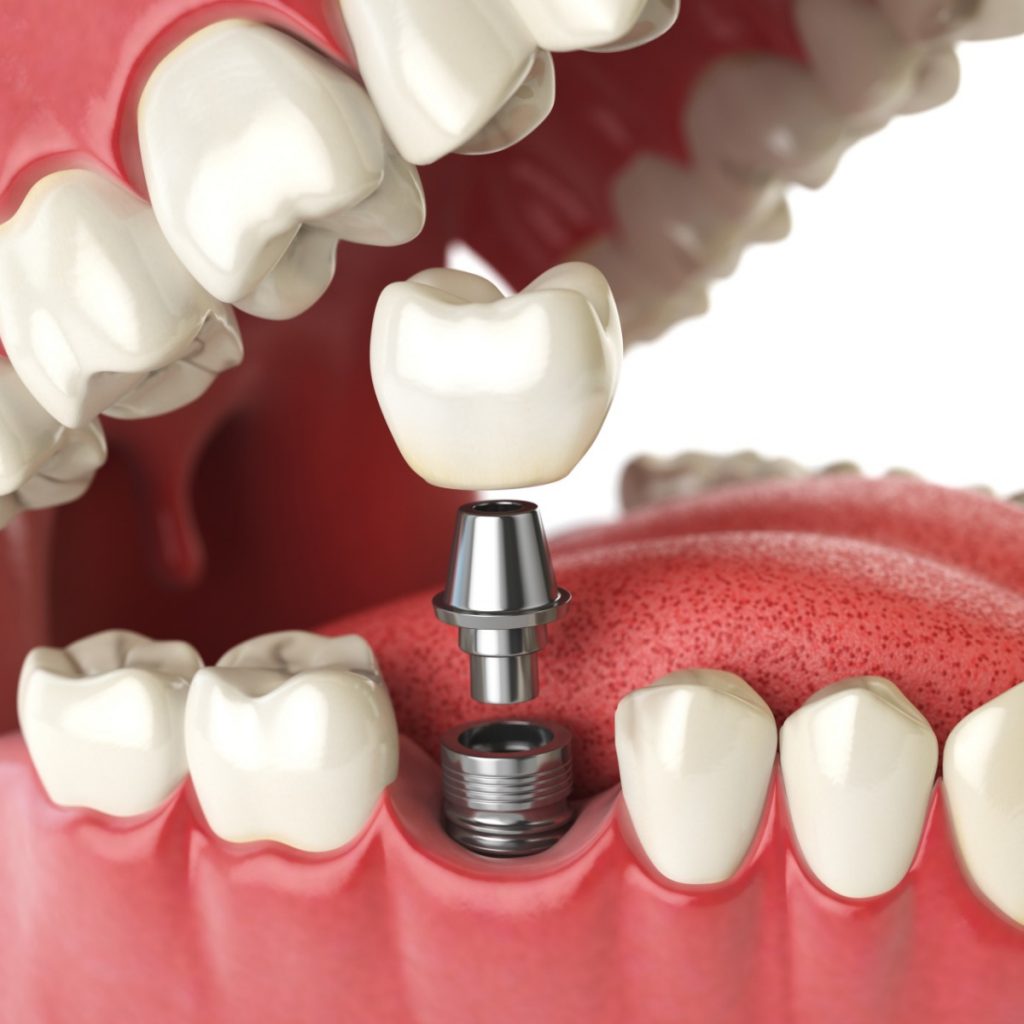Implant Restoration

Dental implants are the gold standard for replacing missing teeth, and at VK Dental Care, we specialize in implant restorations to help you regain a natural, fully functional smile.
How It Works: While the implant body (the titanium post) is surgically placed by an oral surgeon, we complete the restoration by adding the abutment and custom-crafted crown, ensuring a flawless and comfortable fit.
Why Choose Us for Implant Restorations?
- We use Zirconia and E-Max crowns to create a natural-looking, durable restoration.
- Our team works with top oral surgeons and can refer you to a trusted specialist if you need implant placement.
- Implant restorations restore full chewing function, prevent bone loss, and enhance your smile’s appearance.